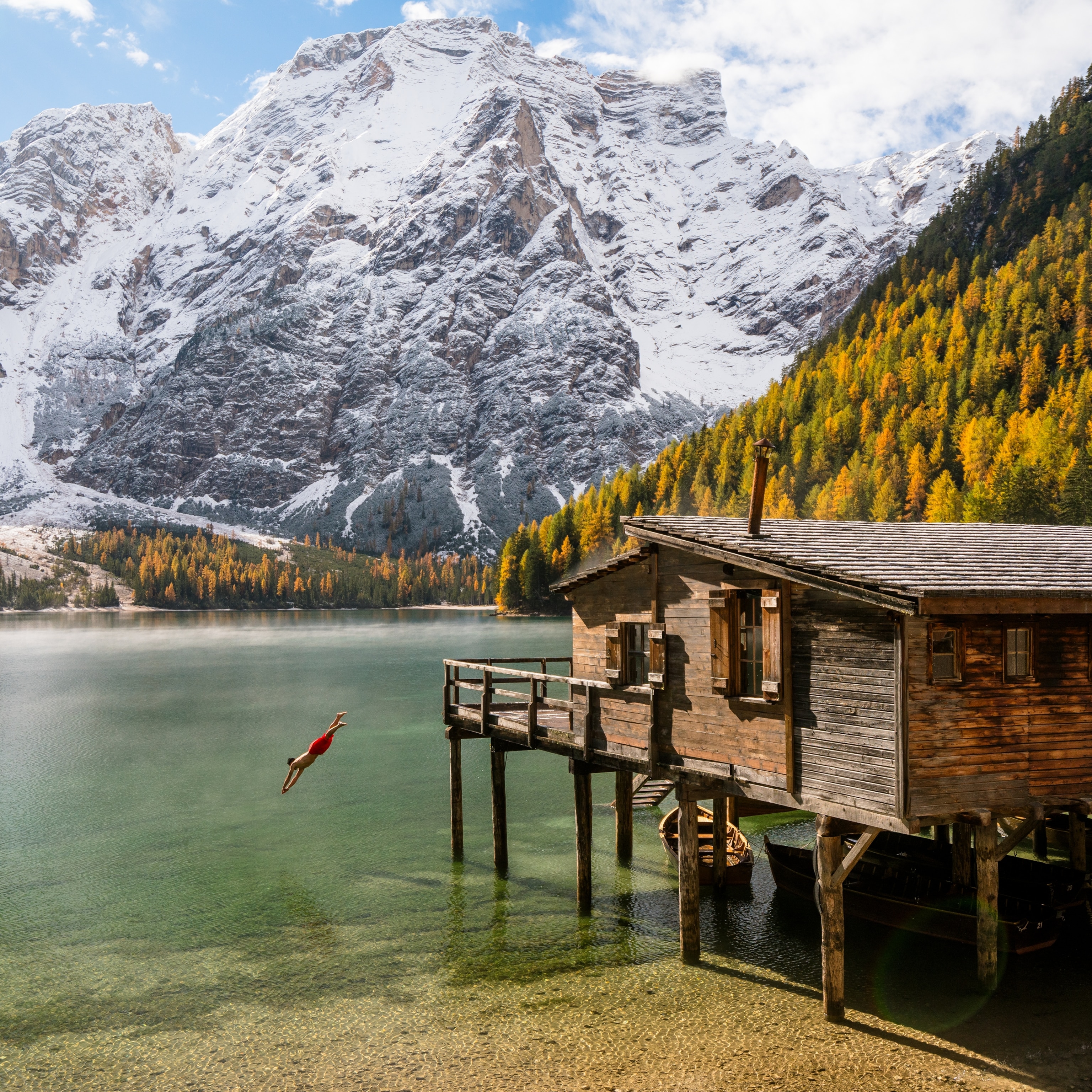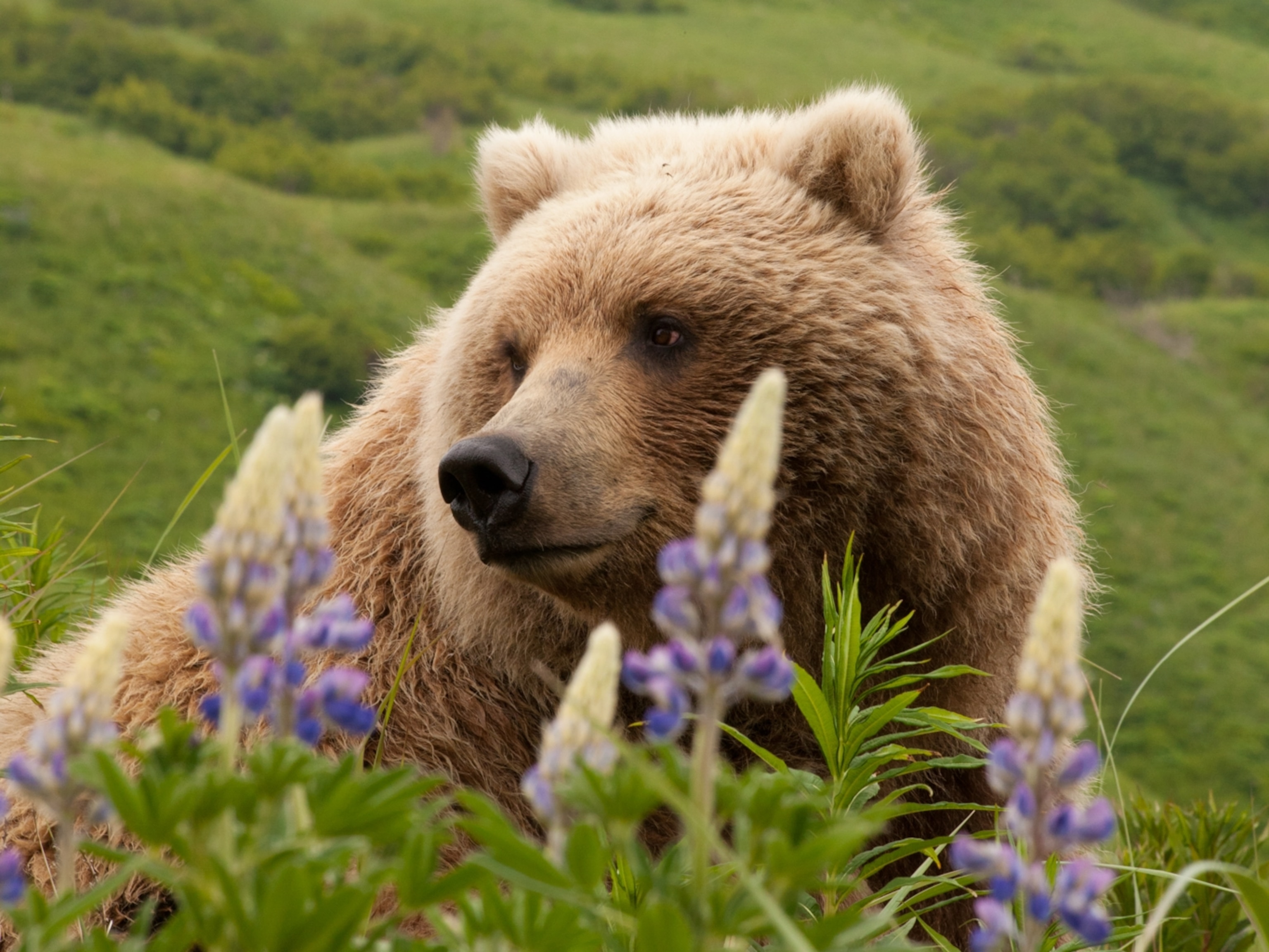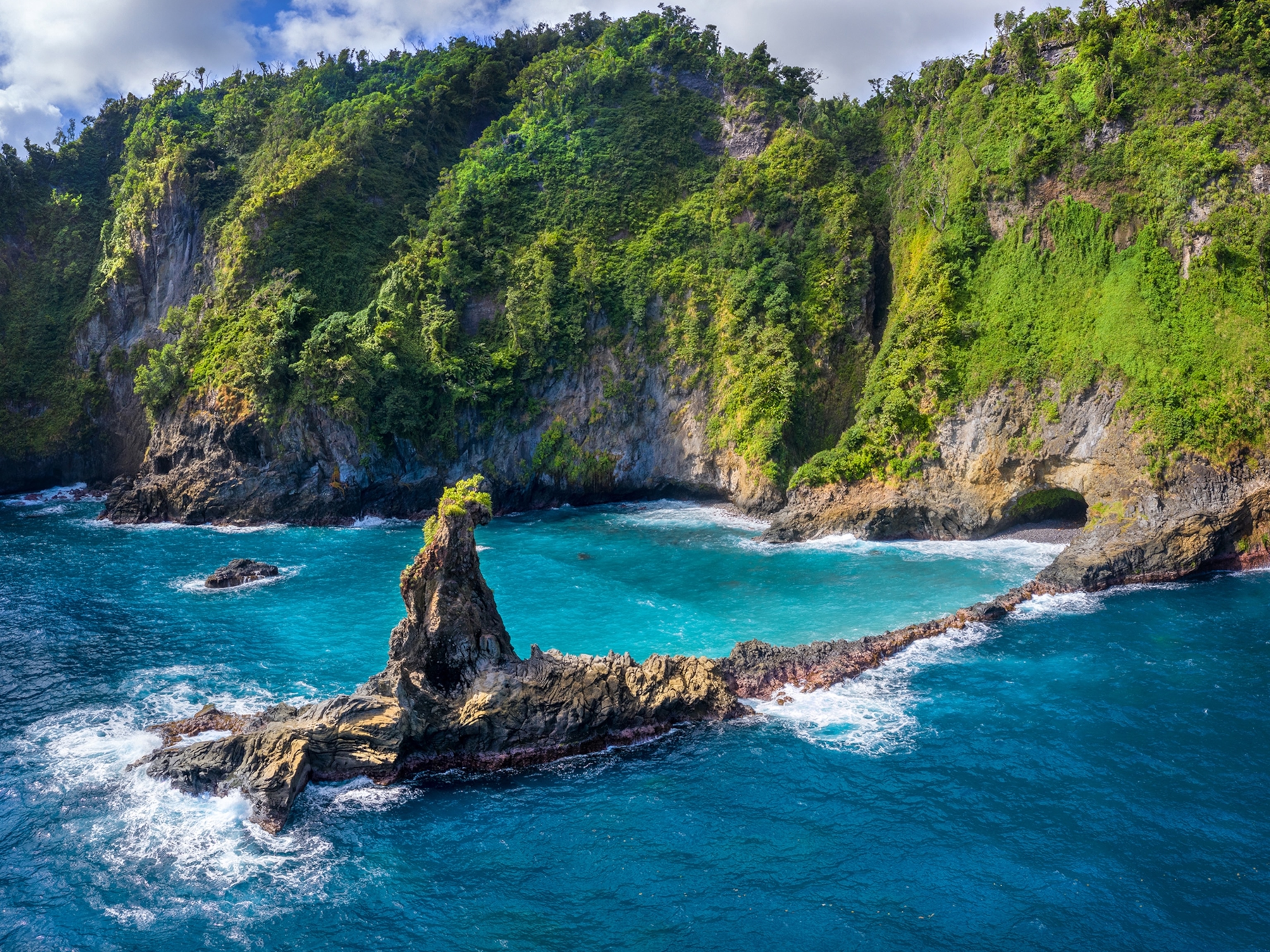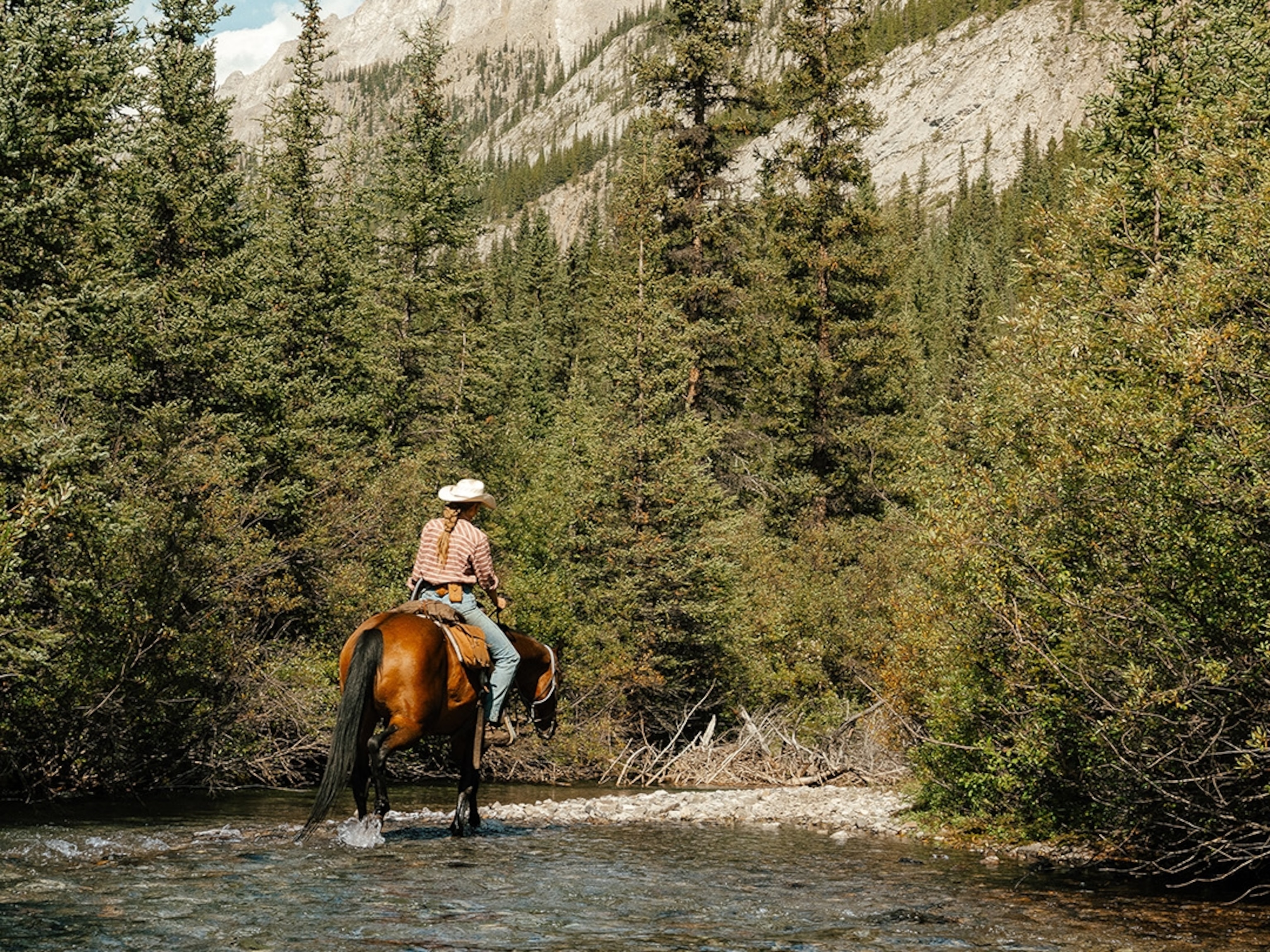
Avoid crowds at the 10 least-visited U.S. national parks
Get off the beaten path at these under-the-radar wilderness areas.
Since its founding on August 25, 1916, the U.S. National Park Service has assembled 419 protected units, of which 62 hold the “national park” designation. To visit all 63 of these treasures one would need to travel to 29 states and two U.S. territories.
But with so many national parks to visit, there are trails, craters, and lakeshores that can be explored responsibly and without crowds. How remote and uncrowded are these parks? Katmai National Park’s Aniakchak caldera is so remote that many park rangers have never visited its volcanic crater. In Alaska, Kobuk Valley National Park experiences a large caribou migration, with estimates of 250,000 caribou passing through twice a year; whereas only 17,233 people visited the park in 2024.
(Travelers flooded these national parks with long lines and crowded trails.)
Based on the National Park Service's annual recreational visitor, more than 331 million people visited a national park, monument, site, or unit last year. However, travelers who want to avoid the crowds—but not the natural wonders of a U.S. national park—should visit 10 of the nation’s least-visited national parks.
10.Great Basin National Park
It’s surprising that Great Basin National Park only saw 152,068 visitors in 2024. This U.S. national park is not only home to groves of bristlecone pines that can live for thousands of years, but it features the limestone caverns of Lehman Cave, dark skies for stargazing, a challenging climb to Wheeler Peak, the site of the last surviving Glacier in Nevada, Wheeler Peak Glacier.
9. Dry Tortugas National Park
Seventy miles west of Key West, the 100-square mile Dry Tortugas National Park is mostly open water with seven small islands, including Garden Key, home to Fort Jefferson, one of the nation’s largest 19th-century fort in the U.S. Only 84,873 people visited this park in 2024.

8. Wrangell-St. Elias National Park and Preserve
Unfortunately, only 81,670 visited this park in 2024, despite its incredible natural landmarks. Most parkgoers might be shocked to know that Wrangell-St. Elias National Park and Preserve is the largest national park in the United States, boasting incredible mountain ranges, vast glaciers, and a wide array of wildlife. It has some of the highest concentrations of glaciers in North America, which includes the Nabesna Glacier, the longest valley glacier on the continent. The park is also home to four Indigenous tribes: Ahtna Athabascans, Upper Tanana Athabascans, Eyak, and Tlingit.
7. Katmai National Park and Preserve
More than 36,000 visitors entered Katmai National Park and Preserve in 2024 to see the U.S. national park known for its large population of brown bears, making it the ultimate destination for bear viewing. Katmai is also known for its salmon runs (which attract bears and other wildlife), and 14 active volcanoes (including Mount Katmai and Novarupta), and it’s also ideal for backcountry hiking and camping because the majority of the park is a wilderness area.

6. Isle Royale National Park
More than 28,800 people visited this national park in 2024, numbers that include outdoor enthusiasts drawn to the park because of its 165 miles of hiking trails and 36 campgrounds. Located in Lake Superior off the coast of Michigan, Isle Royale National Park is only accessible by boat or seaplane. The relatively small number of visitors per year makes it also a significant site for researchers to study predator-prey interactions, specifically between its wolf and moose populations. In addition to its recognition as a UNESCO biosphere reserve, it features 10 shipwrecks and four historic lighthouses—all four are listed on the National Register of Historic Places.
(Forget the road trip—these national parks are best visited by train)
5. National Park of American Samoa
This park isn’t easily accessible like national parks located on the U.S. mainland. Only 22,567 people visited the National Park of American Samoa last year, where they could learn more about the rich Samoan culture, impressive coral reefs (975 species of fish and more than 250 coral species), 475 plant species, 50 animal species, including two native species of fruit bats that are vital to pollination. The park’s rainforests are home to species originating from Southeast Asia.

4. Lake Clark National Park and Preserve
In 2024, this Alaska park only saw 18,505 visitors, but it has a reputation as the “true adventurer’s paradise” and preserving the natural ecosystem and ancestral homelands of the Dena'ina people. Mount Redoubt and Mount Iliamna are also located within Lake Clark National Park and Preserve and are part of the Pacific Ring of Fire. Wildlife photographers are attracted to the park because it’s a prime location to observe and capture brown bears (grizzlies) in their natural habitat. Fly fishing, backcountry camping/backpacking, and kayaking are just a few popular outdoor activities here. Visitors can also explore the famed cabin built by Richard Proenneke, the iconic wilderness author and filmmaker.
3. Kobuk Valley National Park
This national park in Alaska—just 25 miles north of the Arctic Circle—is only accessible by air, receiving only 17,233 visitors in 2024. However, Kobuk Valley National Park is known for its Ice-Age-formed dunes, and Western Arctic caribou migration. It is also recognized as the rightful home of the Iñupiat people, specifically the KuvuNmiut, who have lived in this area for thousands of years. Grizzly bears, wolves, wolverines, foxes, porcupines, moose, and numerous migratory birds call the park home.
2. North Cascades National Park
The North Cascades National Park only saw 16,485 visitors in 2024, but its dramatic landscapes earned its nickname “American Alps.” Rugged mountains with glaciers, cascading waterfalls, deep forested valleys, and a diverse ecosystem are all reasons why you should visit. North Cascades features the largest network of glaciers (over 300) in the lower 48 states. It also has a vast network of hiking trails, which include portions of the Pacific Crest Trail.

1. Gates of the Artic National Park and Preserve
In 2024, Gates of the Arctic National Park and Preserve came in No. 1 as the least-visited national Park in the U.S. with 11,907 visitors in 2024. This national park protects the underdeveloped area within the Brooks Range, including the northernmost extension of the Rocky Mountains. Gates allows for traditional subsistence activities by local Koyukon and Inupiaq people, who rely on the land and its resources for their livelihoods. Hiking, backpacking, river rafting, and wildlife viewing are common activities among parkgoers here.

(Related: These are the 10 most popular national parks.)






